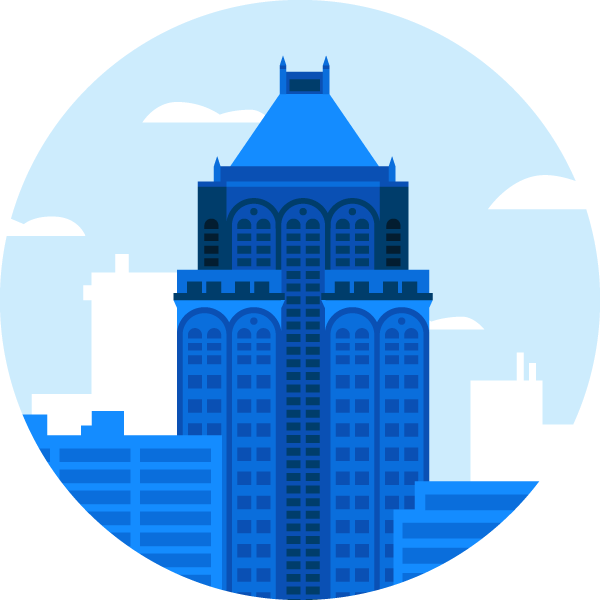BUFFALO, N.Y. — A person’s safe place is so often their home.
"This is heaven. That’s all I can say,” said Clarabel Rivera. “This is heaven.”
For Rivera, finding that safe place was a process.
“I live month to month,” she explained. "Where I used to live, it was a really bad building to live, bad conditions.”
A list of fixes that never got fixed took their toll.
“At times I don't even feel like going in the building. That's how bad it is," she said. "I have my mother that lives there, [...] so I have no other choice but to go in there.”
Finding a place like the one she has now, she considers a gift from God.
“A place like this I know is pricey,” she said.
It’s within her price range thanks to a program from PUSH Buffalo.
“We've seen a surge of increase in rental prices, but we haven't seen that same increase inside of the costs that the individual is making inside of their home,” added Amun Ra, the director of planning and community development for PUSH Buffalo.
The building Rivera lives in was one of their biggest projects. It was built from the ground up.
"This building itself has three key components to it. It is cold climate air source heat pumps, it is a solar array, and then it also has a integrated geothermal system paired with the fact that this is an all-electric building that has no interconnection to National Fuel," Ra said. "This is a beaming example of what sustainable development can look like on a multi-unit scale."
Their other big point of pride is price.
“Our rents can be as low as $753 upwards to $1,000 for a two-bedroom, three-bedroom, or a four-bedroom inside of a current market like the West Side, where a three-bedroom house can easily be $1,600,” he said.
It's sustainable, quality housing that won’t break the bank, made possible by funding from the New York State Energy Research Development Agency, Homes and Community Renewal, the Homeless Housing Assistance program and more.
“When you mush all of that together, you really have a comprehensive funding stack that can really build highly sustainable, affordable and supportive projects,” Ra said.
Getting people into rental units is just the first step.
“Climate Community Homes is the retrofit of five existing Buffalo doubles,” he said.
Those doubles will then be offered to first-time homeowners.
“The beautiful part about that is we're utilizing our existing tenant base that has already been inside of our ecosystem and then ushering them into that next platform of life,” Ra said.
It's lifting people up in more ways than one.
“The majority of our workforce is BIPOC or M and WBE (Minority and Women-Owned Business Enterprises) participation," Ra said. "So minority men, minority women, Black, Indigenous and people of color are being able to walk right outside their front door, build up their neighborhood, keep the money inside of the community, use that to support themselves and create generational wealth for themselves.”
One of the first people who will see those benefits is Clarabel Rivera.
“I never pictured myself being a homeowner,” she said. “I was hoping and praying for something better for me. You know, that it will happen.”
With many of her family still in less-than-ideal units, she’s grateful she can take this leap not just for herself, but her future tenant too.
“I pray that will be my mother," she said. "Peace of mind for her, peace of mind for myself. [...] It will be a beautiful blessing.”
Rental units like the one Rivera is in do have income cutoffs and there is a lot more demand than supply, so people can spend a while on a waiting list.
The idea with this new project is that tenants will move to homeownership and more of those apartments will open up.





